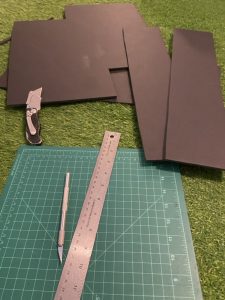Over the past week, I worked towards improving the machine learning model, and working on the final project presentation that we had on Wednesday. For the models, I wrote and tested all the code for the 6-dimension polynomial regression to determine the likelihood of availability of benches at the gym. Furthermore, for the crowd prediction, I tried a few different Machine Learning models and tested different parameters to increase our accuracy values. I also passed on the predicted results to the EC2 instance to be integrated into the app, and added details for the models in the project presentation.
For testing the regression model, the dataset was divided into a training and validation dataset with a 80/20 split. On the validation dataset, MSE, RMSE, and Accuracy were calculated. A maximum accuracy value of 60% was achieved with an RMSE value of 0.65. The model was also tested against our measured values for the crowd, achieving a 65% accuracy in predicting crowdedness. For the polynomial model, data was created by summing the time for which a bench was occupied over the hour, and averaging over days
The coefficient of determination (R2 value) for the fit was calculated to be 0.92 using sklearn_metrics built-in calculator.
For the next week, I will be testing our models with a larger dataset to include all the measured values from the past month, which I hope would increase the predictive accuracy. I will also make some changes to the polynomial model to calculate bench availability for shorter time intervals. Lastly, I will ensure smooth functionality for the people counter.
With these updates, I am on track with our schedule. I look forward to showing our work at the demo!



 <==== This is the layout of the bottom of the case.
<==== This is the layout of the bottom of the case. The .stl file of the top.
The .stl file of the top. The .stl file of the base.
The .stl file of the base.